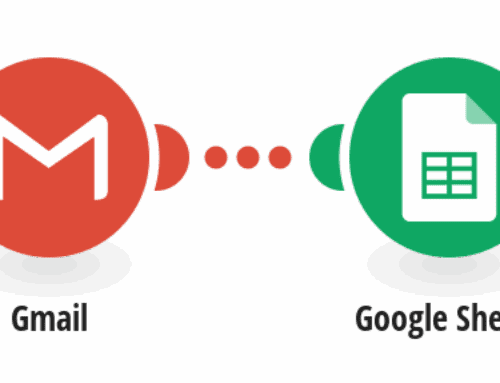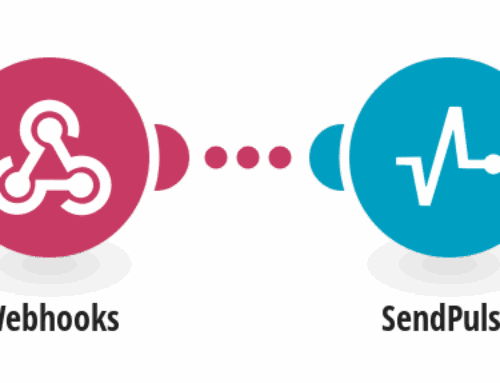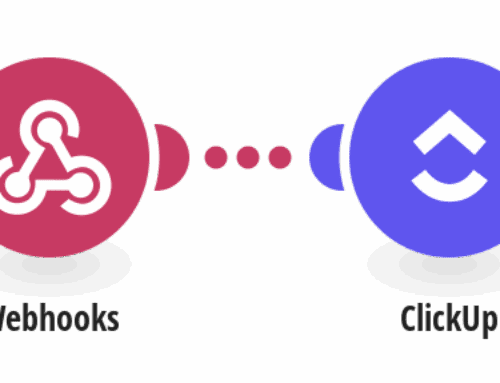Streamlining Your Workflow: Sending TextIt Flow Responses to Google Sheets
Introduction to TextIt and Google Sheets Integration
In today’s fast-paced digital world, efficiency is key. Whether you’re managing a small business or a large organization, streamlining your workflow can make a world of difference. One powerful way to do that is by integrating TextIt flow responses directly into Google Sheets. But why bother with this integration in the first place?
Imagine receiving valuable data from your TextIt flows and having it automatically populate a Google Sheet without any manual intervention. This not only saves time but also minimizes errors, allowing you to focus on more strategic tasks. In this guide, we’ll explore how this integration works and why it’s a game-changer for anyone looking to optimize their data management processes.
Understanding TextIt and Its Powerful Capabilities
TextIt is a dynamic platform that allows users to create interactive messaging applications. By setting up flows, you can engage users effectively and collect data in an organized manner. Whether you’re conducting surveys, sending out notifications, or gathering feedback, TextIt’s versatility makes it a favorite among businesses and developers alike.
The strength of TextIt lies in its ability to design intricate conversations without writing a single line of code. It empowers users to visualize the journey of each interaction, ensuring that no response goes unnoticed. But as you accumulate more data, the need for efficient organization becomes crucial. That’s where Google Sheets comes into play.
The Benefits of Using Google Sheets for Data Management
Google Sheets, a cornerstone of Google’s suite of productivity tools, provides a collaborative environment for organizing and analyzing data. With its intuitive interface and cloud-based access, it’s no wonder that businesses across industries rely on Google Sheets for their data management needs.
By integrating Google Sheets with TextIt, you can automatically populate spreadsheets with real-time data. This integration ensures that your data is not only accurate but also readily accessible to team members. No more scrambling to update spreadsheets manually; with this setup, data updates itself, giving you peace of mind and more time to focus on decision-making.
Step-by-Step Guide to Integrating TextIt with Google Sheets
Ready to dive into the integration process? Let’s walk through the steps together. First, ensure you have both a TextIt account and access to Google Sheets. Once you’re set up, head over to Make.com, a platform designed to facilitate seamless integrations between various services.
On Make.com, search for the template “Send new TextIt flow responses to new rows on Google Sheets.” This template serves as your blueprint, guiding you through the process effortlessly. Follow the prompts to connect your TextIt and Google accounts, and watch as your data begins flowing smoothly between the two platforms.
Setting Up Your TextIt Flows
To start, you’ll need to define the flows within your TextIt account. These flows determine the type of data collected and how it’s organized. Spend time planning these flows to ensure they capture all necessary information for your analysis.
Once your flows are set up, test them thoroughly. Testing ensures that all possible interactions are accounted for, guaranteeing comprehensive data collection. Think of this step as laying the foundation for your data pipeline, ensuring it runs smoothly without hiccups.
Connecting to Google Sheets via Make.com
With your flows ready, it’s time to connect TextIt to Google Sheets. Head back to Make.com and authenticate both your TextIt and Google accounts. The platform will guide you in linking the right flow responses to specific rows within your Google Sheet.
This step might feel like connecting the dots in a puzzle. Once everything’s aligned, your data will transfer effortlessly, providing instant updates on your Google Sheet without lifting a finger. It’s automation at its best, enhancing productivity with every data point recorded.
Overcoming Common Challenges in Integration
Even the most seamless integrations can hit a snag. Perhaps you encounter data formatting issues or connectivity glitches. Fear not! Most integration challenges have straightforward solutions. A common issue is ensuring that both platforms are updated and authenticated correctly.
Another tip is to consult the community forums on platforms like Make.com or TextIt. There, you’ll find solutions from users who’ve encountered similar issues. Remember, every hiccup is an opportunity to learn and refine your setup, making it even more robust for future use.
Maximizing Efficiency with Automated Workflows
Once your integration is running like a well-oiled machine, you can begin exploring other areas for improvement. Consider automating additional workflows that complement your TextIt and Google Sheets integration. Doing so not only maximizes efficiency but also showcases the power of automation in shaping modern business practices.
Think of automated workflows as a symphony, with each component working in harmony to produce beautiful results. The more you automate, the more time you reclaim for strategic pursuits, like growing your business or expanding your services.
Conclusion: Embrace Automation for Seamless Data Management
Integrating TextIt flow responses into Google Sheets is a transformative step towards efficient data management. This seamless union allows for real-time data transfer, reducing manual intervention and potential errors. As you’ve seen, setting up this integration is straightforward, thanks to intuitive platforms like Make.com.
By embracing this automation, you free up valuable time and resources, empowering your team to focus on what truly matters. Dive into this integration today and watch as your workflow becomes more streamlined and your business processes more agile.
FAQs
Q1: What are the prerequisites for integrating TextIt with Google Sheets?
A1: Before starting, you’ll need active accounts for both TextIt and Google Sheets. Additionally, a Make.com account is essential for facilitating the integration process.
Q2: Can I integrate multiple TextIt flows into a single Google Sheet?
A2: Yes, you can integrate several TextIt flows into one Google Sheet. Ensure each flow sends data to distinct rows or columns to maintain clarity.
Q3: What if I encounter issues during the integration process?
A3: Common issues can typically be resolved by verifying account authentications and checking community forums for advice. Make.com support is also available for assistance.
Q4: How secure is the data transferred between TextIt and Google Sheets?
A4: Data security is paramount; both platforms use robust security protocols to protect your information. Always ensure you’re using secure connections when setting up integrations.
Q5: Can I customize the data format in Google Sheets post-integration?
A5: Absolutely! While the integration sends data as-is, you can always modify and format it within Google Sheets to suit your reporting needs better.







